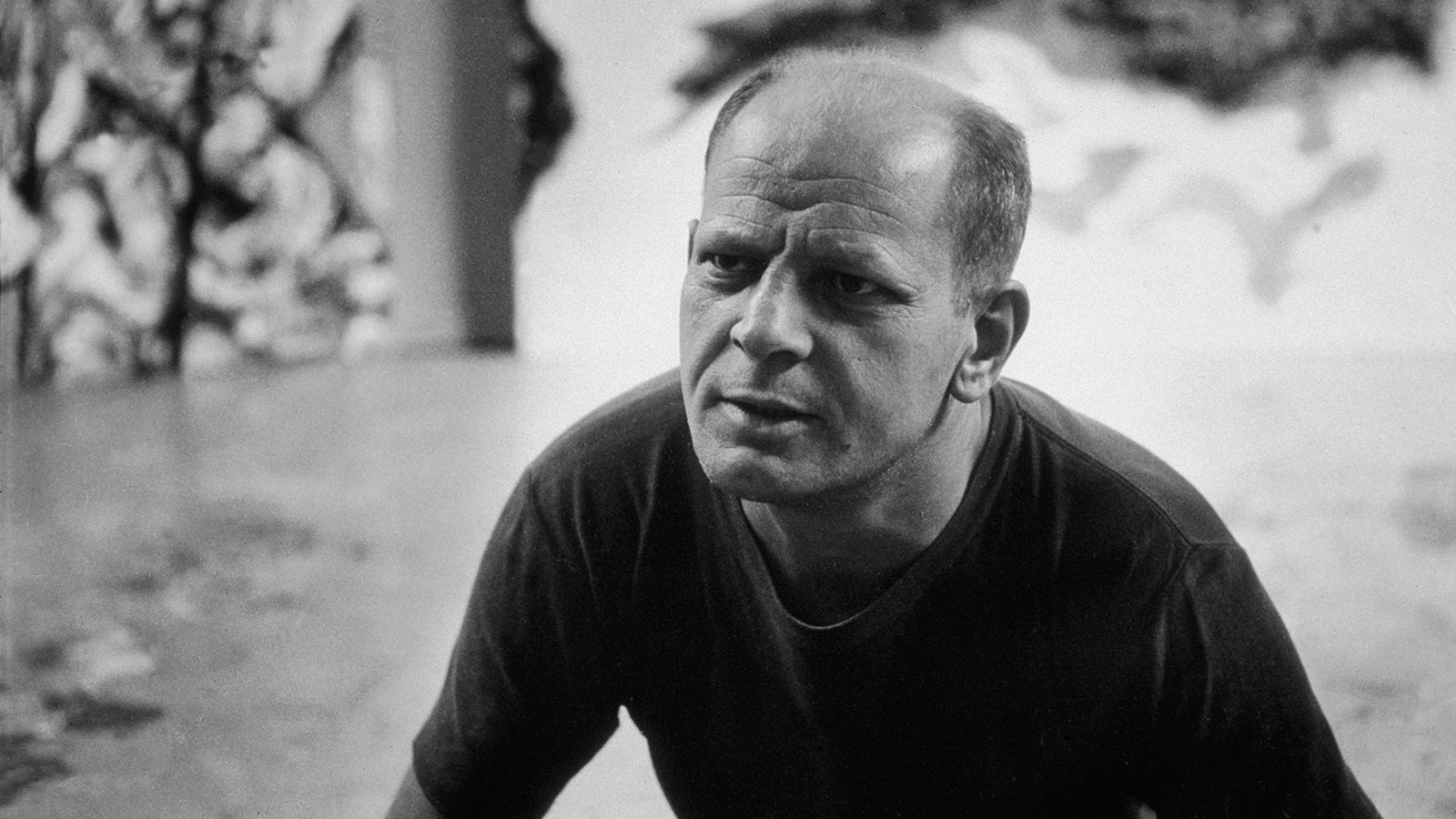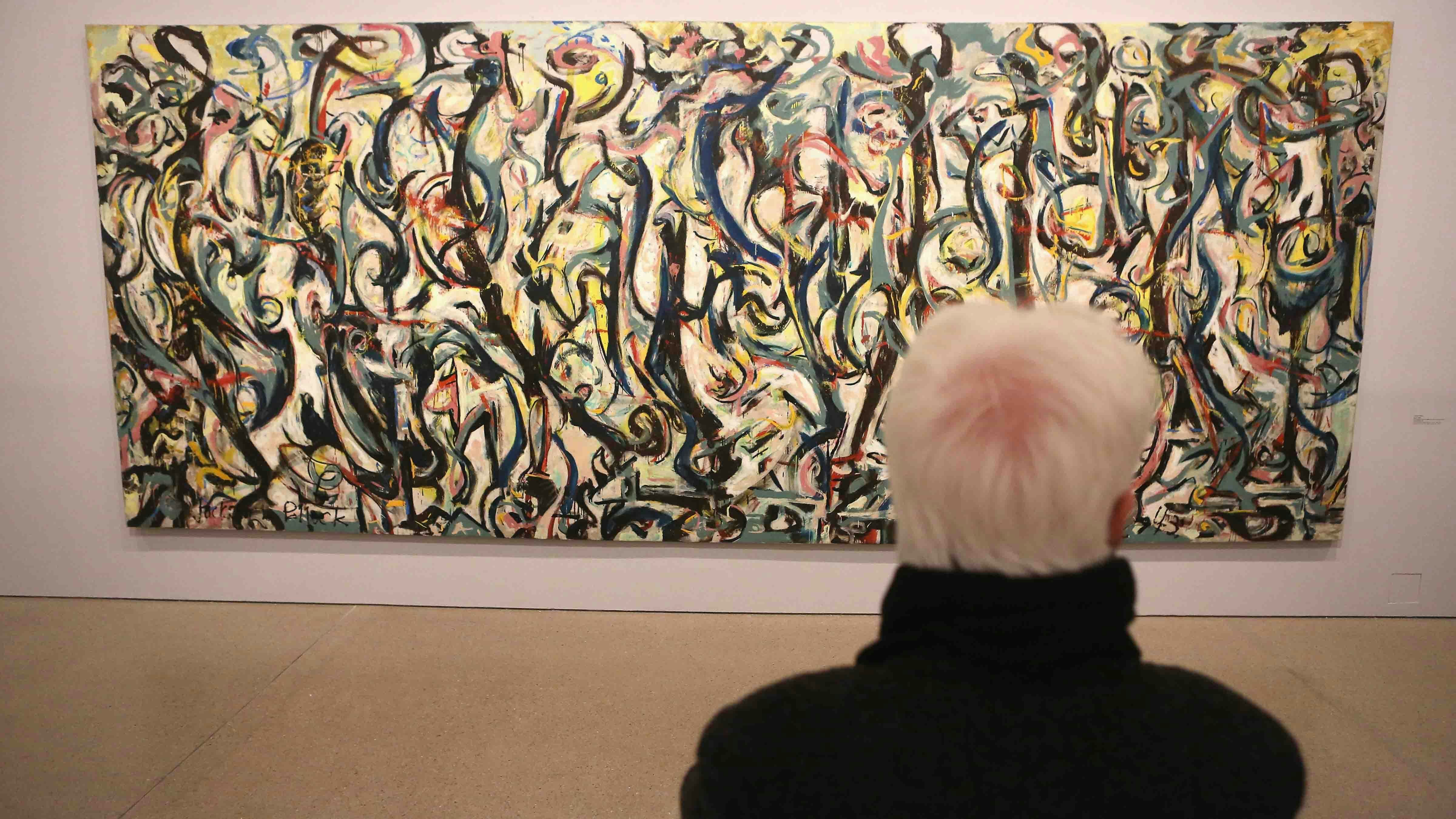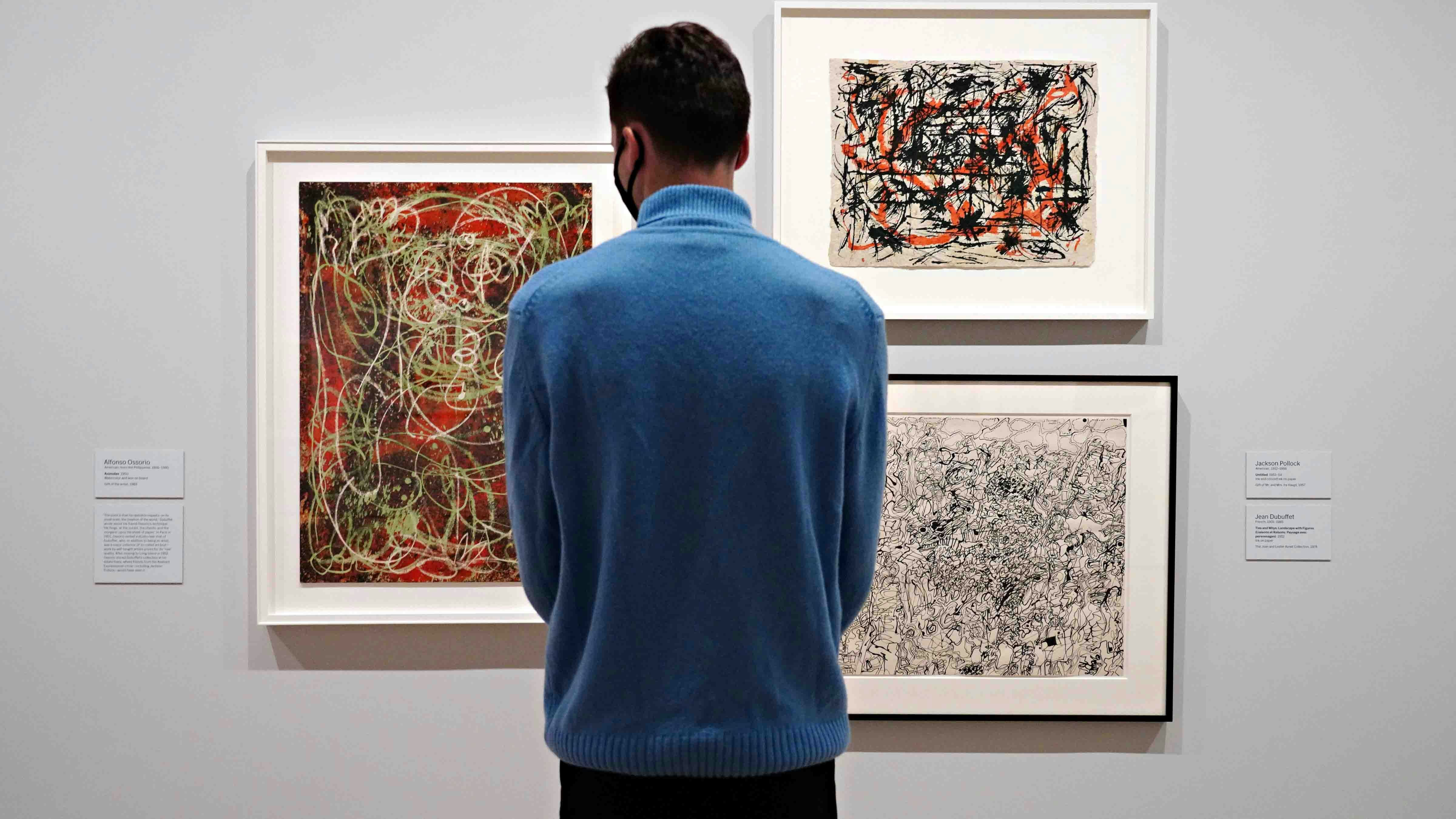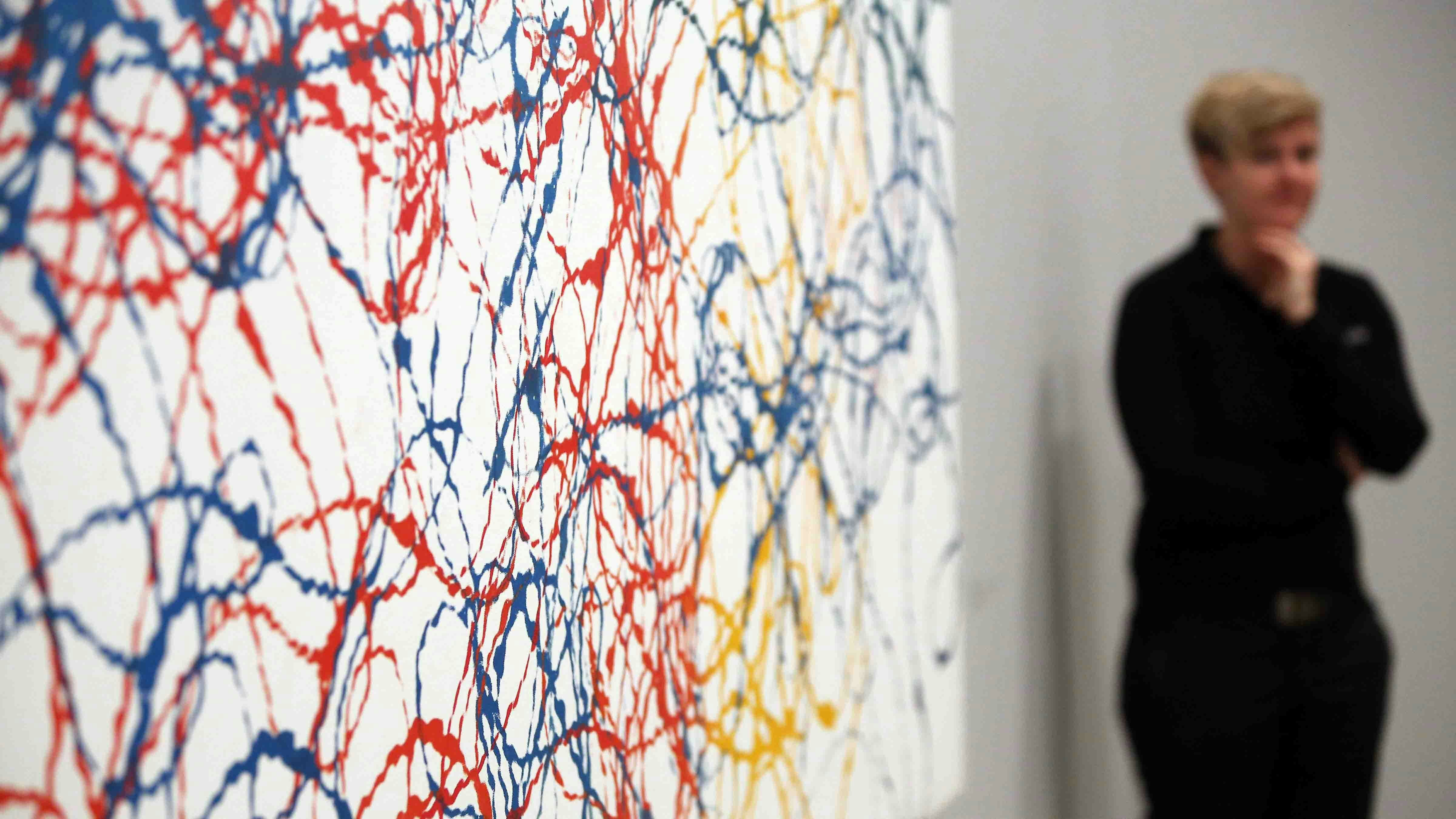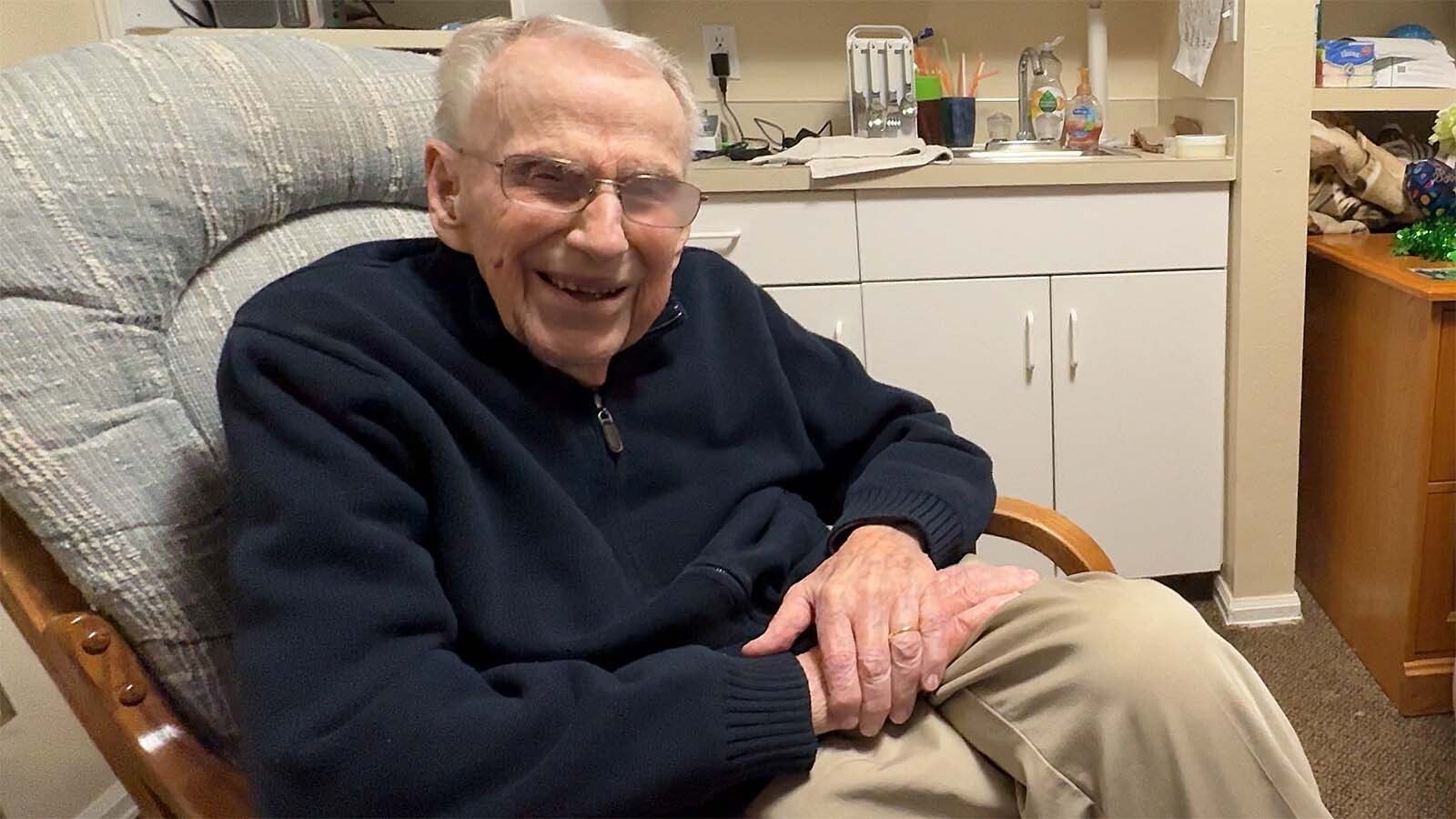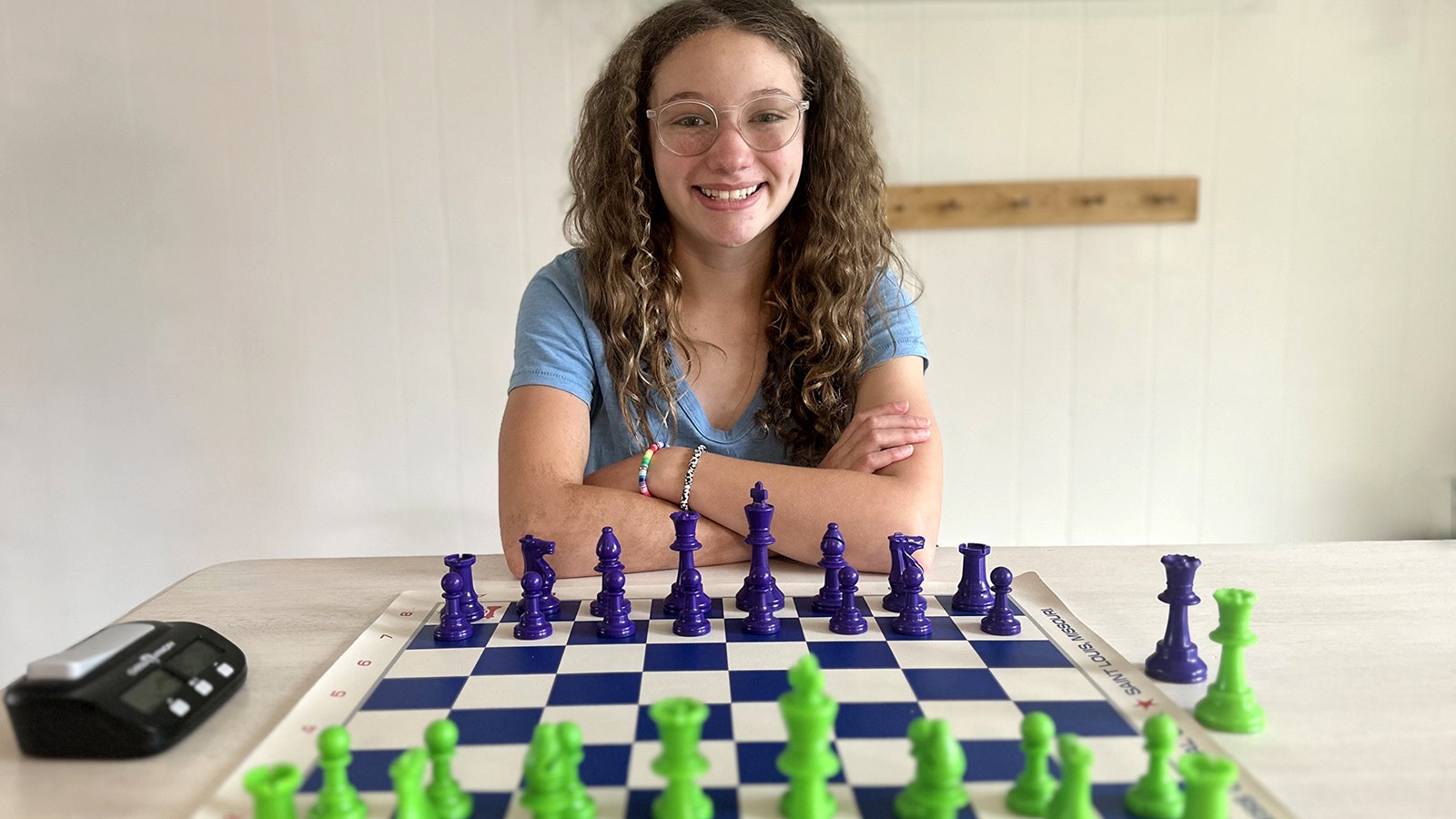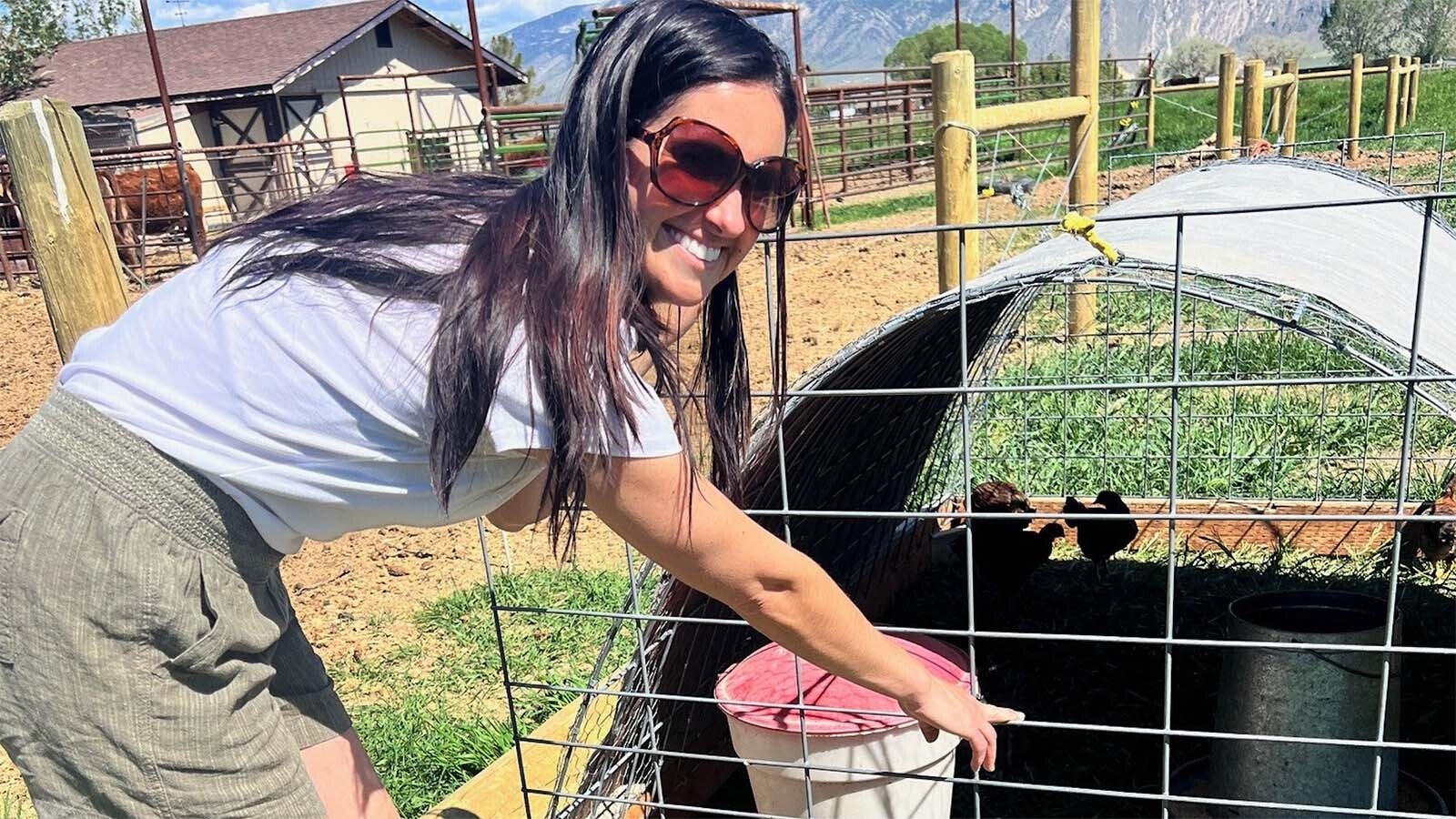Jackson Pollock was born in Cody, Wyoming, but left with his family at age 10 months and never returned. So why do some continue to link Pollock with Wyoming as a son of the Cowboy State?
Pollock, one of the most influential and iconic artists in American history, often appears on national lists of the most famous Wyomingites, and his status as a Wyomingite is an interesting factoid of art history.
But did being born in Wyoming mean anything to Pollock during his life? And should it mean anything to Wyoming today?
Like much of Pollock’s life and art, the answer is simultaneously straightforward and nuanced, up to the interpretation of whoever’s taking it in.
Born, But Not Raised
Helen A. Harrison, director of the Pollock-Krasner House and Study Center in East Hampton, New York, is in the camp that Wyoming can certainly claim Pollock.
“He was born there, in Cody,” she told Cowboy State Daily.
That much is incontrovertible: Paul Jackson Pollock was born Jan. 28, 1912, in a two-room house on the Watkins Ranch near Cody. His parents, Stella May and LeRoy Pollock, were native Iowans, but moved often because of LeRoy’s job as a land surveyor for the U.S. government.
On Nov. 28 of the same year, the Pollocks and their five sons left Cody and moved to San Diego, California. As far as history knows, Jackson Pollock never returned to the town of his birth, or anywhere else in Wyoming.
Outside of his birth (arguably one of the most significant events in anyone’s life), the extent of Jackson Pollock’s Wyoming heritage was the first 10 months of his life, which he likely didn’t remember.
The connection between Wyoming and America’s most renowned abstract expressionist was less than the first year of the least abstract portion of his life.

An Abstract Wyomingite In New York City
Pollock is a Wyomingite by birth, but he lived the life of a New Yorker.
The aspiring artist moved to New York City in 1930 when he was 18 to study at the Art Students League. Pollock lived in or near the city for the rest of his life and career.
Harrison said Pollock’s prominence as “the undisputed leader of the Abstract Expressionist Movement” and the demand for his work kept him close to New York, the center of the American art world. However, the pressure of living and working in the city was stressful and contributed to his lifelong battle with alcoholism.
“The pressure caused him to go out to the bars instead of going to the studio,” she said.
In 1945, Pollock bought a house on the east end of Long Island, New York, using money from art dealer and patron Peggy Guggenheim. He lived in the house with his wife, artist Lee Krasner, until he died in a car crash Aug. 11, 1956, at age 44.
Krasner continued living at their home until her own death in 1984. The property is now a museum maintained by the Stony Brook Foundation, a nonprofit affiliate of Stony Brook University.
“It was Lee’s idea to move out here,” Harrison said. “First, he said no, but then he changed his mind. He said, ‘We should get out to the country, buy a house, and settle down.’”
The rural setting of “The Springs” in East Hampton was a better environment for Pollock’s health and productivity. A barn on the property was converted into his studio, where he spent the most productive and innovative years of his artistic career painting canvases on the floor, the way he preferred to work.
With that mentality, Pollock could have been right at home anywhere in the Cowboy State. However, Harrison said he never considered resettling in Wyoming or anywhere else in the West.
“New York was where his career was,” she said.

The West And The Other Jackson
Pollock never claimed to be a Wyomingite and didn’t seem to have much to say about his birth state. But Harrison believes there’s a clear Western influence in Pollock’s life and career if one knows where to look.
Pollock’s experiences in the Western states, particularly California and Arizona, stayed with him his entire life. His exposure to Mexican and Native American art during his childhood had a profound impact on his artistic career.
“The West was very important to him, as a touchstone of the wide-open spaces and the vastness of the land,” she said. He always acknowledged “the fact that he grew up in the West.”
Pollock himself said as much in a 1944 interview: "I have a definite feeling for the West; the vast horizontality of the land, for instance. Here, only the Atlantic Ocean gives you that."
There is one definitive impact Pollock left on Wyoming’s history, other than the place of his birth — his mentorship of the legendary Western artist and lifelong Wyomingite Harry Jackson.
After seeing Pollock’s painting “The Moon-Woman Cuts the Circle” in Los Angeles, Jackson moved to New York City in 1948 specifically to meet Pollock, who became “my friend and mentor who deeply influenced my entire life's work,” according to Jackson’s private journal.
Jackson lived and worked in Wyoming for his entire career, becoming a renowned and highly successful Western artist known for his bronze sculptures and abstract paintings. Ironically, Jackson’s first Wyoming experience was working as a ranch hand in Pollock’s hometown of Cody when he was 14. He maintained a studio in Cody until his death in April 2011.
If Pollock and Jackson ever mused on their shared connections with Wyoming, there’s no record of it. But there’s poetry to their stories: the iconic American artist started his life in Wyoming, while his protégé sought out and lived his entire life there.
No Mount Pollock
Claiming to be a Wyomingite can be a two-way street. Pollock never overtly claimed to be a Wyomingite, and Wyoming hasn’t gone out of its way to claim it either.
There are no signs or markers in Cody commemorating Pollock’s birth and the first 10 months of his life, which is the only time he spent in Wyoming. Most sources telling Pollock’s story will cite his birthplace, but only as the fact it is.
There was one recent effort to commemorate Pollock in his hometown. In 2022, Michigan artist Gregory Constantine petitioned the U.S. Geological Survey and the U.S. Board of Geographic Names to rename a butte of red rock along Wyoming Highway 296 north of Cody in honor of Pollock.
The petition was rejected in an 11-0 vote.
“Jackson Pollock had no personal affinity for that peak,” board member Dan White told Cowboy State Daily after the vote. “He wasn’t there. He left in 10 months. It’s a non-starter.”
Regardless of any commemorations (or a lack thereof), Jackson Pollock will always be affiliated with Wyoming, something he never shied away from. The story of one of the most renowned artists in American history will always start in Cody, Wyoming.
The artist and the state have their own separate legacies, but they will always mean something to each other.
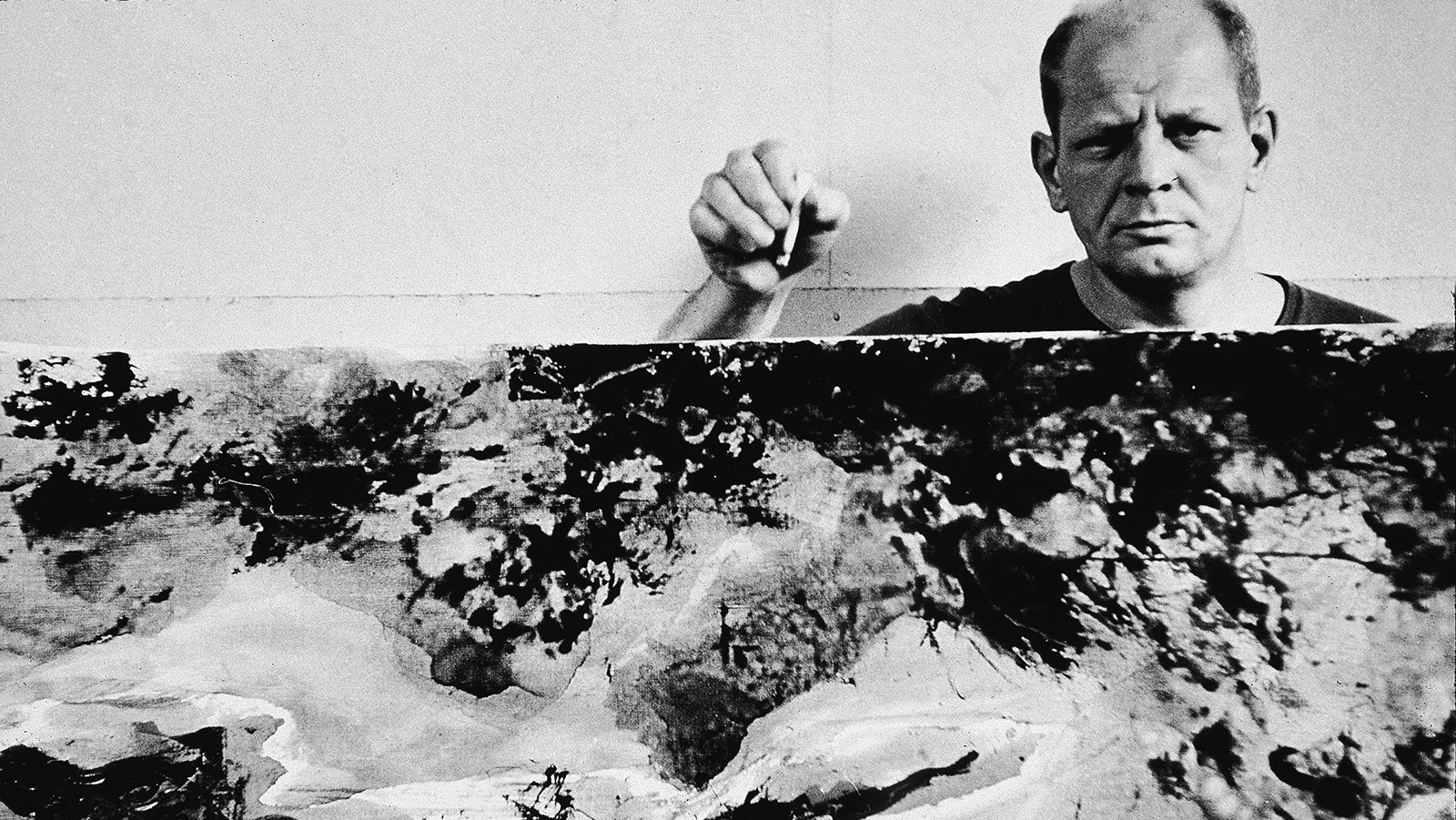
Andrew Rossi can be reached at arossi@cowboystatedaily.com.

